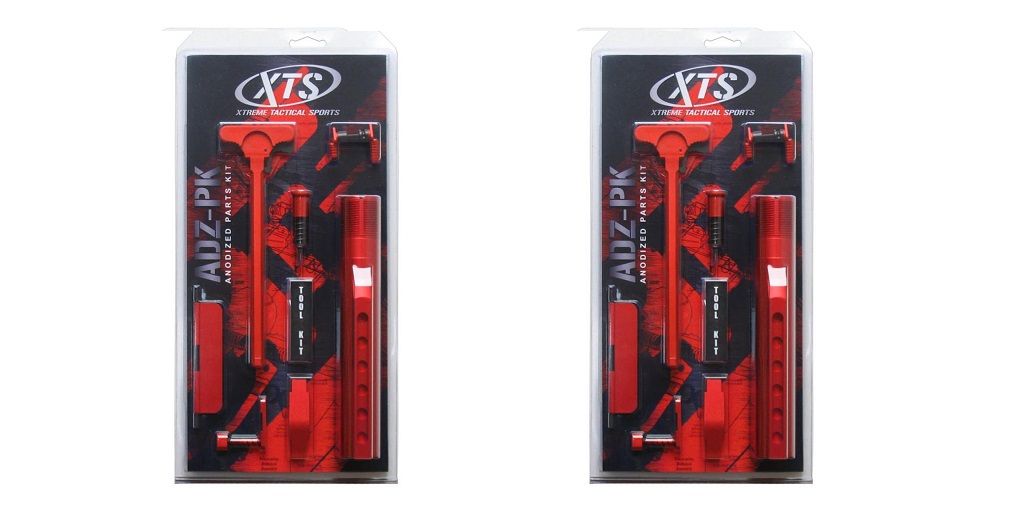Building an AR15? Simply spec’ing one out for the field?
It helps to know what the relative virtues are of all those finishes so you can build a rifle that will buck the elements when it’s most needed.
From black nitride to AR15 anodized parts, here’s your 50,000 foot view crash course.
Black Nitride
While there’s more than one process of nitriding gun parts, a black nitride finish is among the most common.
A black nitride coating is the process of converting the top layer of steel to nitride, a hard, nitrogen-based compound.
A nitride coating is integral with the surface of the steel, so it can’t be wiped or chipped off.
Nitride is very hard, very corrosion-resistant, and offers exceptional permanent dry lubricity, so that less liquid lubrication is needed on moving parts.
Cerakote
Cerakote is a ceramic coating, and requires a two part process that requires a reducer and hardener, which contain pigments so Cerakote can be color-customized.
Cerakote does not require a clear coat and leaves a thin, extremely hard, extremely wear resistant finish on top of the treated part. Cerakote is also effectively corrosion-proof.
As a result of the treatment, which does not require chemical participation from the substrate, it can be applied not only to steel but also to titanium, aluminum and even polymer parts.
AR15 Anodized Parts
Compared to the other finishes mentioned here, AR15 anodized parts are likely the most common of all.
This is because many components of AR15 rifles, including both receivers and the handguard, are made of aluminum, and only aluminum parts can be anodized.
In a nutshell, anodization is the process of leaving an aluminum oxide hardcoat on the surface of the aluminum part.
Like nitriding, anodizing chemically alters the surface of the aluminum substrate and so it cannot be wiped or chipped off.
Also like nitride, the chemical conversion that occurs at the surface of an anodized aluminum part renders it very hard and wear resistant, as well as very chemically resistant. They don’t require any sort of sealing or clear coat and also exhibit very high temperature resistance.
Like nitride, AR15 anodized parts also offer exceptional dry lubricity, requiring minimal liquid lubrication.
Phosphate/Parkerized Finishes
Lastly we have phosphate finishes, which are also known as “parkerized” parts.
There are two common types of phosphate coatings, zinc phosphate and manganese phosphate. The former results in a light gray coating, the latter in a dark gray, nearly black coating.
This coating was popular around the time of WWII; manganese phosphate coatings are common on many carbon steel AR15 barrels. Also, this coating is the type you’ll find on mil-spec bolt carrier groups.
A parkerized finish is extremely hard and as a result offers excellent wear resistance. They are also extremely resistant to high temperatures.
One thing to be aware of with parkerized AR15 parts is that they will have a bit of “tooth” which is good if you want the part to retain grease or oil for an extended period of time. It also, however, means they don’t offer optimal dry lubricity.
This treatment is common on steel AR15 parts, along with nitride coatings, whereas most aluminum parts are anodized.
Where to Get AR15 Parts
Looking for AR15 anodized parts, or parkerized parts? Get what you’re looking for online at MCS Gearup. They carry a wide range of AR15 parts, including nitrided and anodized parts.
In addition to the barrels, handguards, and assembled uppers they offer, they also sell a wide range of parts and kits, including build kits. Check out their website and get in touch with them at Sales@MCSGearup.com for more information.
For more information about Buffer Tube Accessories and Caa Mck Please visit: MCS Gearup.
